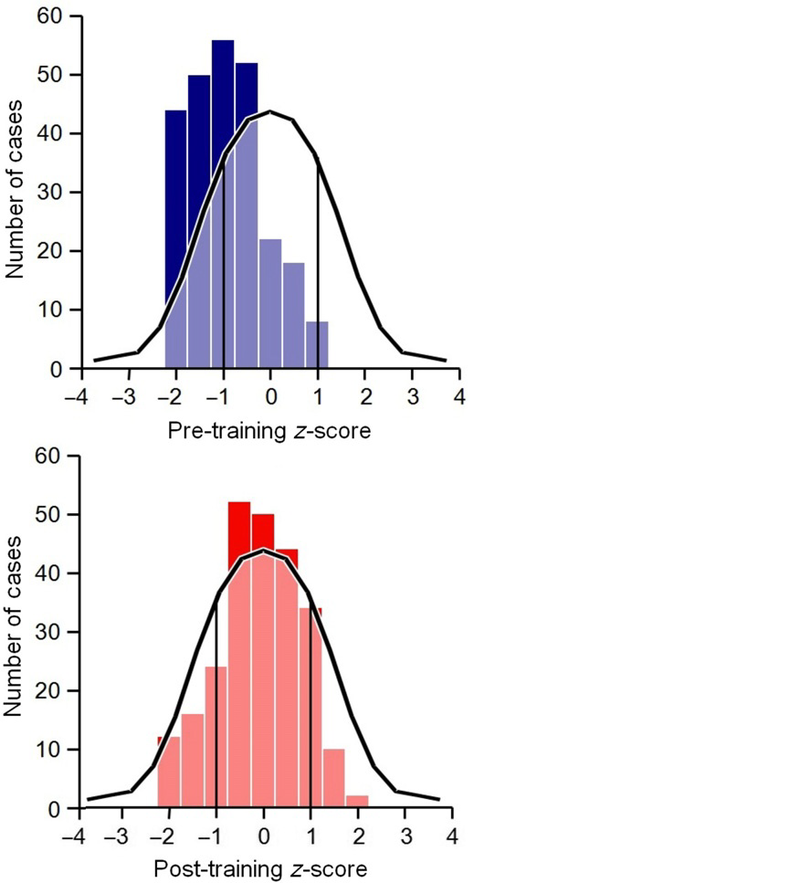Learning, Knowledge and Human Development MOOC’s Updates
Essential Update #2: Find and explain an example of recent brain research that has implications for learning.
FastForWord® is a learning platform that focuses on gamification of learning. It has been designed to improve the language, literacy, cognitive skills and perception by making the lessons very interactive. It began with clinical research that was based on neurological imagining, behavioral science to study the differences in language development and language based disability.
Those who worked on the development of this platform were driven to improve literacy outcome by having better understanding how the brain learns process and produces language using scientific methods. The emphasis was always on language because language is the foundation which literacy skill developed [1].
One of it its unique studies was a field trial of students who were selected by their class teachers as being “at risk for academic failure”. The teachers were also asked to indicate why they believed that these students were “academically at risk” and most responded that these students either had reading problems, attention deficit, immaturity and or behavioral problems. It was observed that most of the teachers never considered that the reason for the poor performance of the students could be as a result of weak receptive language skills. These students were subjected to standardized test before undergoing the FastForWord® training program and they all had scored low in the language comprehension test. The students were divided into two, there were the control group who were subjected to standard intervention tutoring and then other group were trained using the FastForWord® language training program. The result showed that those who underwent the FastForWord® program improved compared to the control group [2]. (see image)
Heim et al., [3] using a combination of source modelling and time frequency analysis of the human electroencephalogram (EEG) on 21 children with language learning impairment (LLI). Electroencephalography (EEG) is an electrophysiological monitoring method used to record electrical activity on the scalp. It has been shown to represent the macroscopic activity of the surface layer of the brain underneath [4]. It is a non-invasive procedure that uses electrodes placed on the scalp to measure voltage fluctuation caused by the current within the neurons of the brain. 12 of the children underwent the FastForWord® program for 32 days and the rest did not. The two groups of students were subject to a standardized language/literacy tests with the EEG being recorded and this was done before and after the FastForWord® intervention. The results from the EEG showed before the intervention show reduced amplitude and phase-locking of early oscillation in the gamma-band range in both group. After the FastForWord® program their EEG results were different showing an improvement. They concluded that the FastForWord® training resulting in making the poorly sensory cortical processing better, hence improved learning.
Success story of the FastForWord® can be found at https://www.scilearn.com/results/
References
[1] Tallal P. (2013) Fast ForWord®: The Birth of the Neurocognitive Training Revolution Chapter 7. Prog Brain Res., 207, 175-207. doi: 10.1016/B978-0-444-63327-9.00006-0.
[2] Miller, S.L., Linn, N., Tallal, P., Merzenich, M.M., Jenkins, W.M., 1999. Acoustically modified speech and language training: a relationship between auditory word discrimination training and measures of language outcome. Speech and Language Therapy, 197, 159–182.
[3] Heim, S., Friedman, J.T., Keil, A., Benasich, A.A., 2011. Reduced sensory oscillatory activity during rapid auditory processing as a correlate of language-learning impairment. J. Neurolinguistics, 24 (5), 539–555.
[4] Wikipedia contributors. (2021, April 24). Electroencephalography. In Wikipedia, The Free Encyclopedia. Retrieved 16:39, May 9, 2021, from https://en.wikipedia.org/w/index.php?title=Electroencephalography&oldid=1019570663


